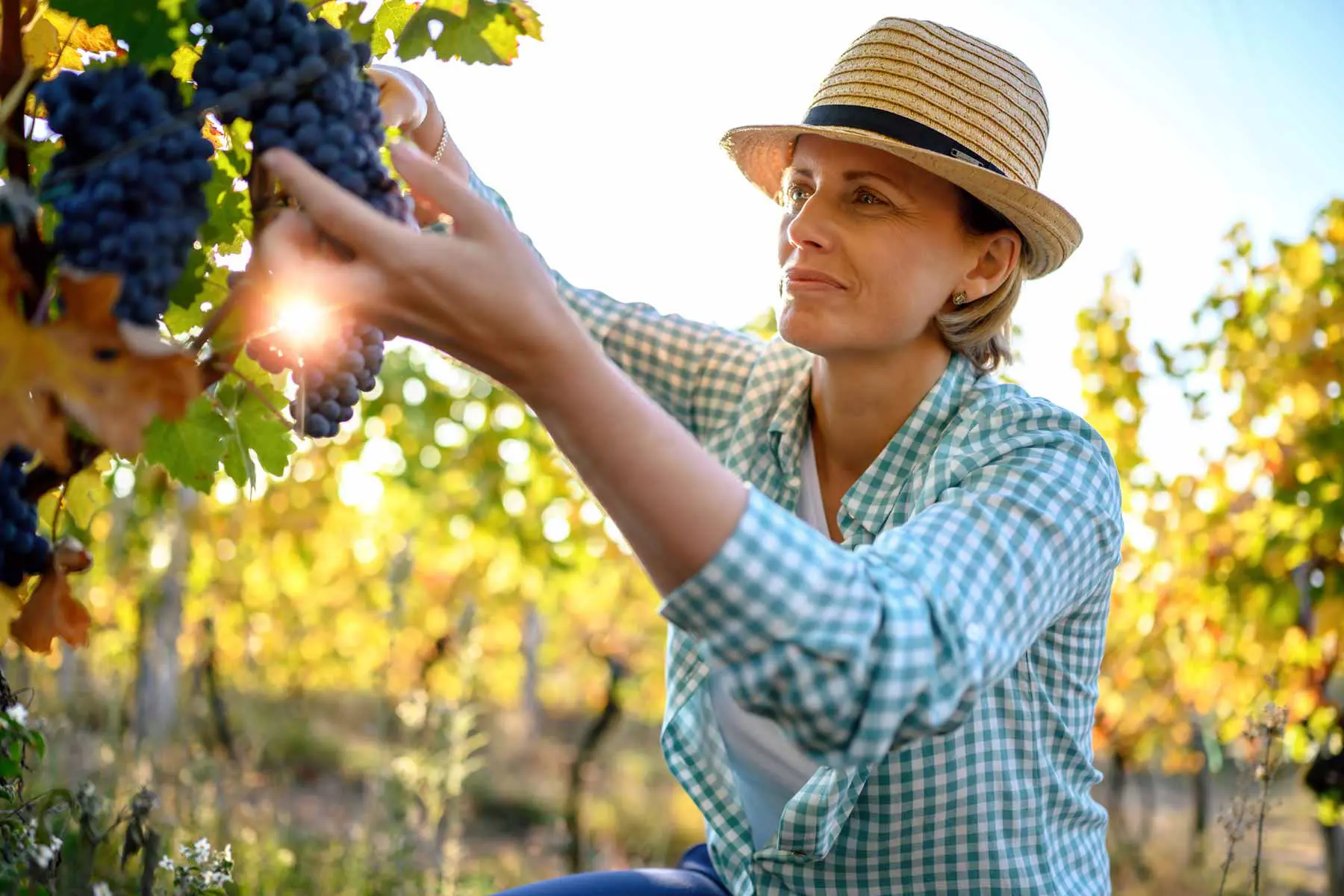APPELLATION: THE PASSPORT OF WINE
APPELLATION: THE PASSPORT OF WINE
Some words immediately conjure up images of thick files, stamped documents, and stern institutions. “Appellation” is one of those words. Yet at its heart, the concept is far more subtle, even intimate. An appellation is the expression of respect — for the land, the climate, the traditions that shape a wine.
At its simplest, an appellation is a geographical and cultural identity system. It shows where a wine comes from, which grapes were used, and under which rules it was made. But it is more than just a label. It is one of the fundamental building blocks of a wine’s character. Just as a person’s identity card carries their place of birth, wine too carries a document of origin. That document is the appellation.

IS EVERY WINE THE SAME?
Take Cabernet Sauvignon. You’ll find it in Bordeaux, in California, and on Turkey’s Aegean coast. But do the wines taste identical? Of course not.
The same grape takes on entirely different characters depending on the soil, the climate, and the traditions that surround it. Appellations exist to define and protect these differences, reminding us that wine is never “just” about the grape — it is also about place.
THE CODES OF APPELLATION
Appellations are essentially systems of standards. They set the rules for which grape varieties may be used, the maximum yields, minimum alcohol levels, winemaking methods, oak requirements, even how long a wine must be aged.
France’s famous AOC (Appellation d’Origine Contrôlée) system is the most prominent example.
If you are a producer in Bordeaux, you cannot simply plant whatever grape you like. You must work with the region’s traditional varieties — Merlot, Cabernet Sauvignon, Cabernet Franc. And it is not only about the grapes: harvest dates, yield limits, and production techniques are also regulated.
The idea behind these strict rules is to protect both quality and consistency.
THE CORE MISSION: PROTECTING REGIONS
Appellations aim to reduce unwelcome surprises for consumers. But they are not just a service to the drinker. With their binding rules, they are also a shield — and at times, a straitjacket — for local producers.
The case of Champagne is perhaps the clearest. Sparkling wines are produced all over the world, but only those made in France’s Champagne region, under its precise rules, may use the name. Elsewhere, Spain created Cava, Italy Prosecco, each seeking similar protection for their traditions.
The same applies to names like Chianti, Rioja, Tokaji, Barolo. These words are not just labels; they are cultural signposts. They promise that what’s in the glass reflects a place and its heritage.
At its core, the appellation system exists to prevent unfair competition, encourage traditional production, and preserve regional identity.
GRAPE • TERROIR • HUMAN HAND
Wine is shaped by three elements: the grape, the terroir where it grows, and the people who turn it into wine. Every decision — which grape to harvest, when to pick, how to ferment, how long to age — reflects culture as much as technique.
Appellations make these cultural choices binding. In doing so, they become more than geographic indicators. They are the memory-keepers of each region’s language, values, and rituals.
THE MODERN STORY
The modern appellation system was born in France in the early 20th century. In 1935, the INAO (Institut National des Appellations d’Origine) was established, defining not only where grapes were grown, but how.
From this came the idea of controlled origin — the AOC.
Regions like Bordeaux, Burgundy, and Champagne became its cornerstones, and the model spread worldwide. Today, from Italy to Spain, from the U.S. to New Zealand, versions of this system define wine identity.
APPELLATIONS IN TURKEY
Turkey does not yet have a classical appellation system. Instead, “Geographical Indication” and “Designation of Origin” serve as partial equivalents. For now, Avşa Island’s Adakarası is the only wine with official geographic registration.
Still, names like Kalecik Karası, Boğazkere, Narince are increasingly tied to their native regions, with producers eager to highlight that identity. In the absence of a state-run system, individual wineries create their own protections to preserve authenticity.
THE CRITICS
Like any system, appellations reflect their philosophy of implementation. What was designed as a shield can, under changing conditions, become a barrier.
The push to certify everything introduces costs that weigh heaviest on small producers. Bureaucratic oversight can distract winemakers from the very craft it seeks to protect.
And by forcing everyone to follow the same rules, appellations sometimes flatten diversity, pushing wines toward sameness and closing doors to innovation.
A FINAL WORD
Power is like a double-edged sword. Systems built to safeguard standards can, over time, turn into constraints. In the right hands, appellations preserve heritage and create wonders. In the wrong hands, they reduce wine to a marketing exercise, spawning copy after copy.
For now, though, appellation is the best tool we have. Let’s use it carefully. Let’s respect it.

Katerina Monroe
@katerinam • More Posts by Katerina
Congratulations on the award, it's well deserved! You guys definitely know what you're doing. Looking forward to my next visit to the winery!





















